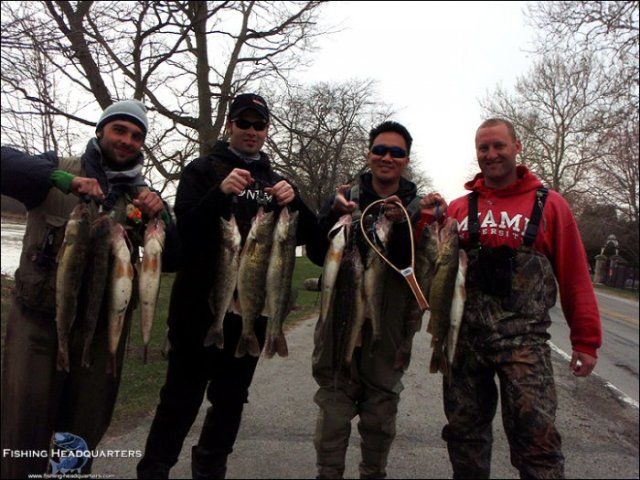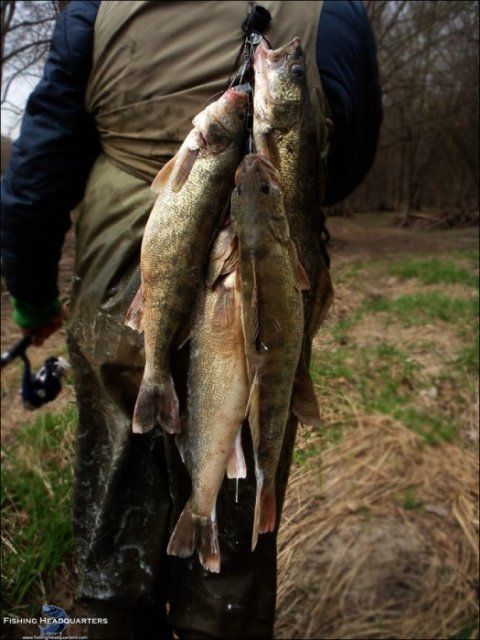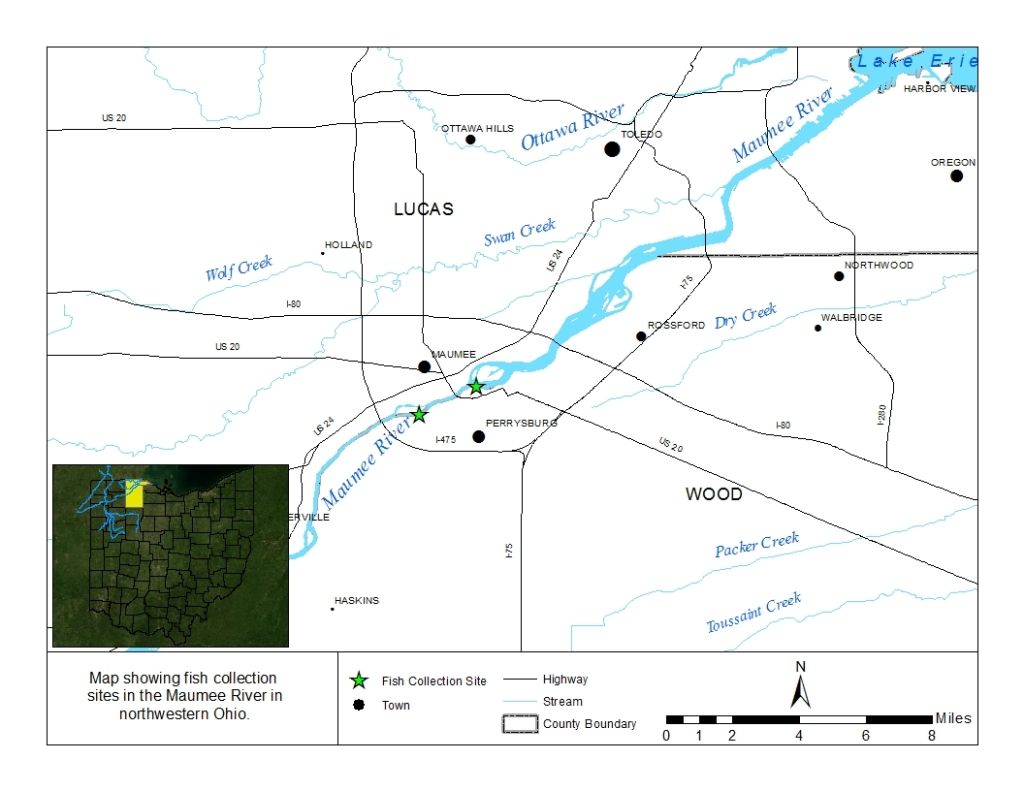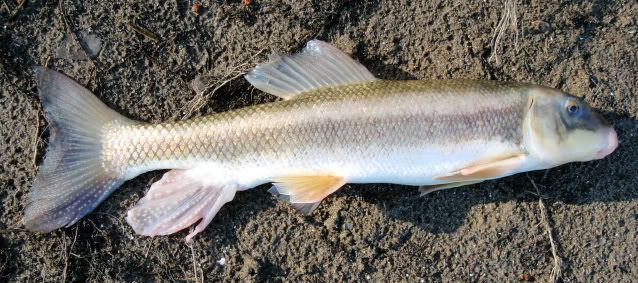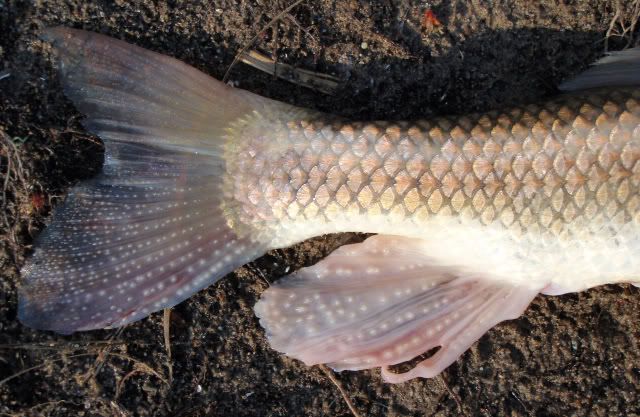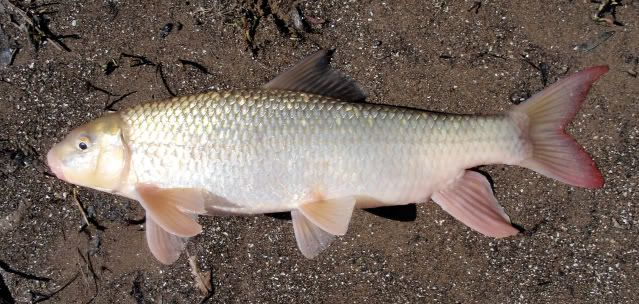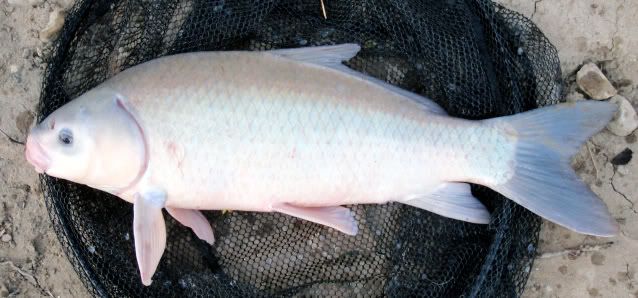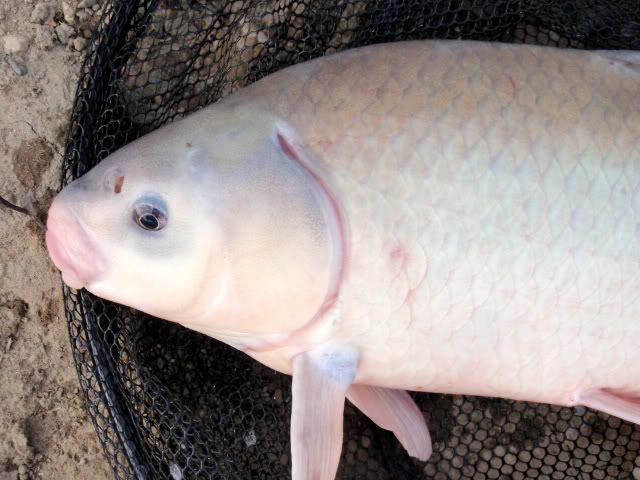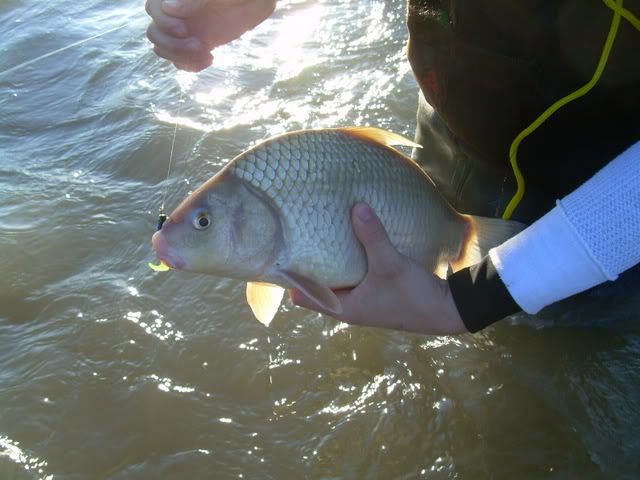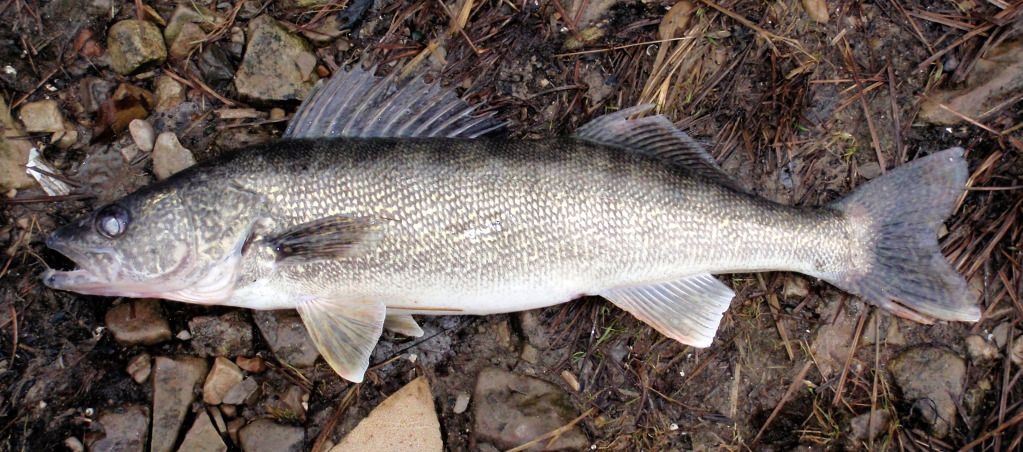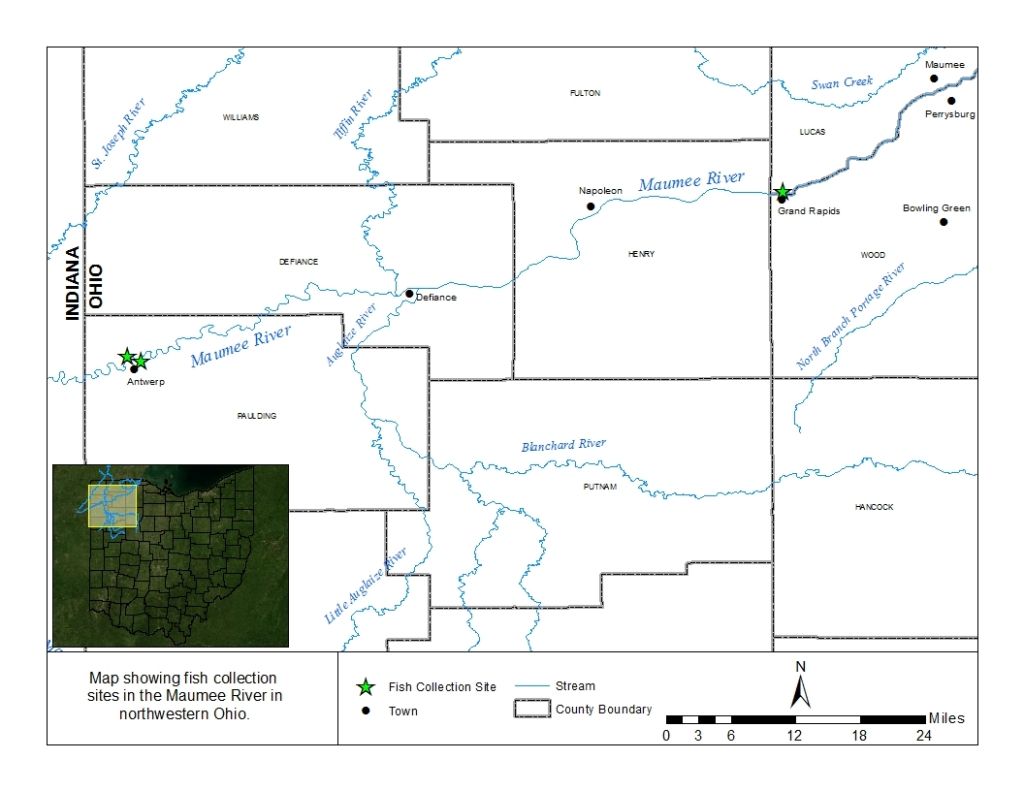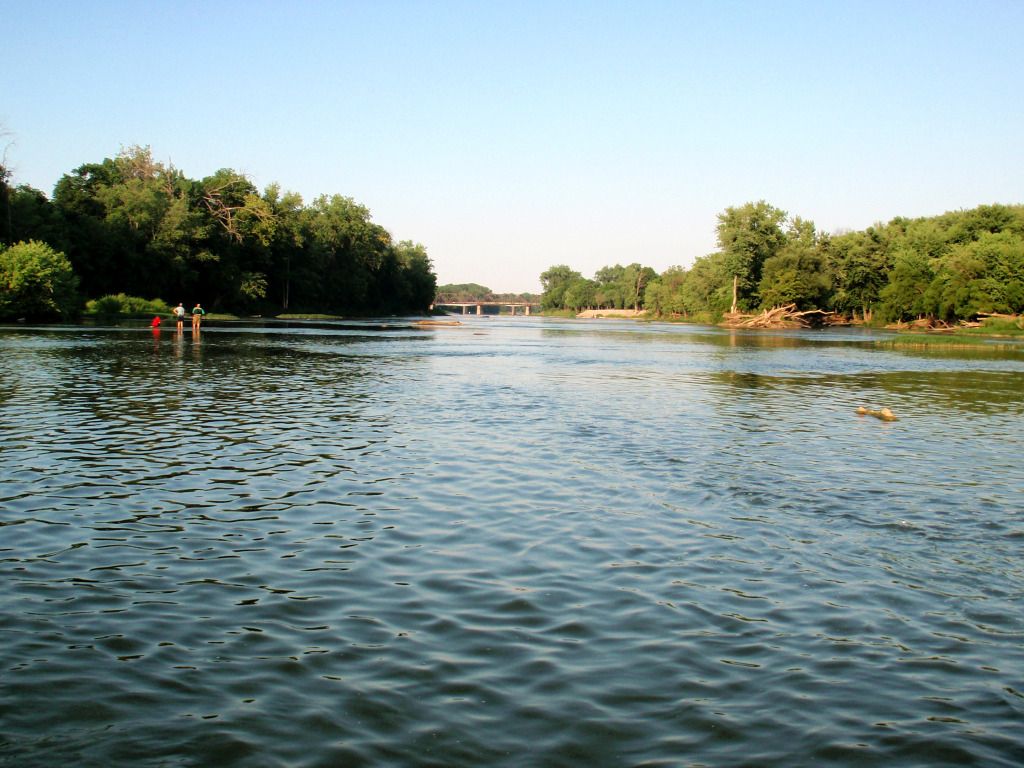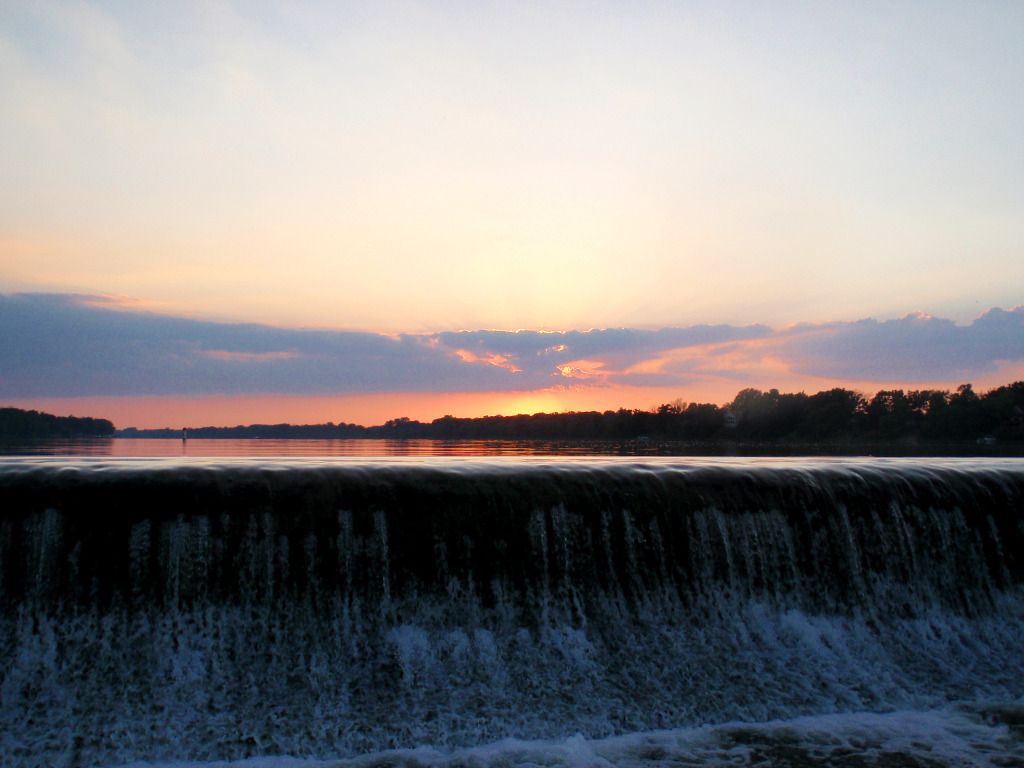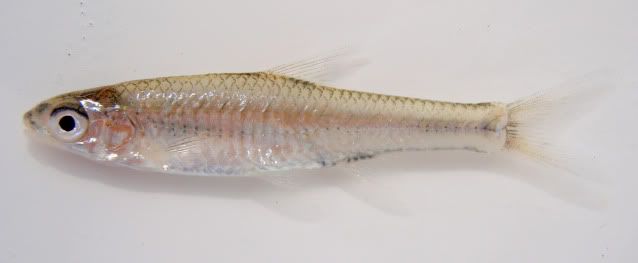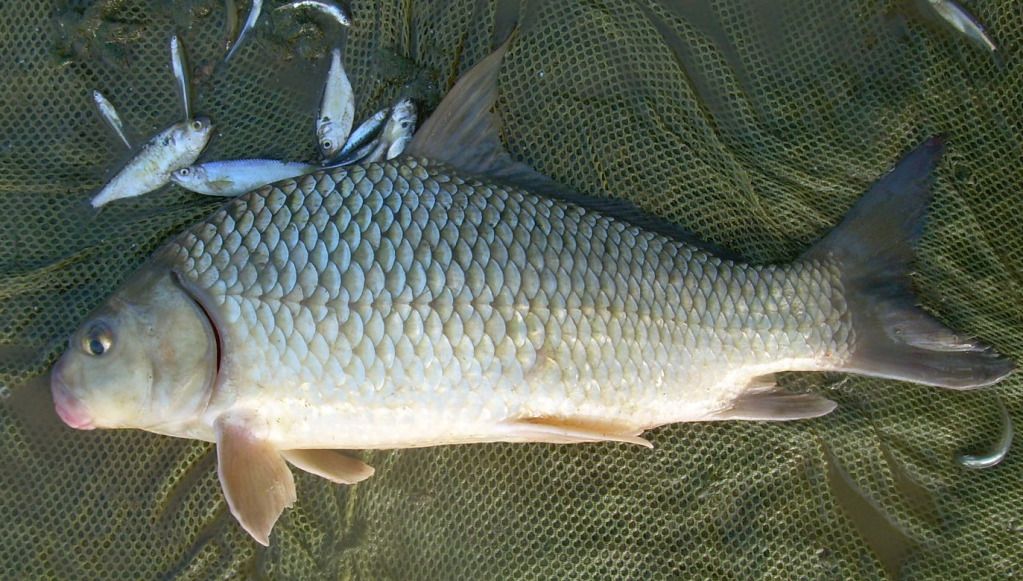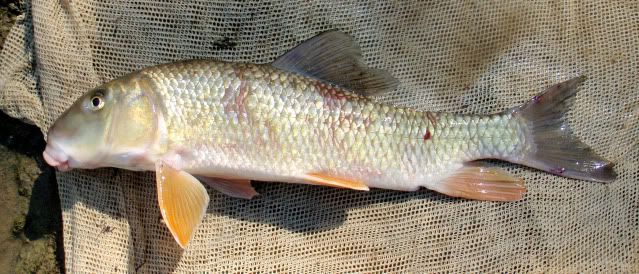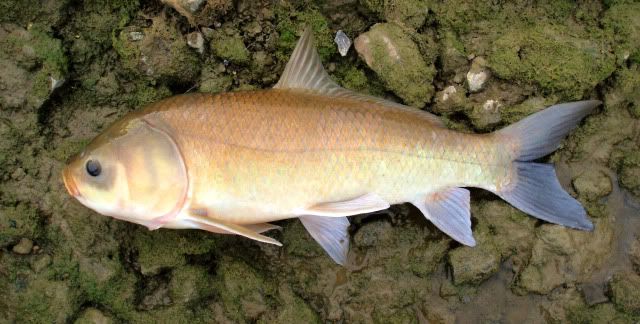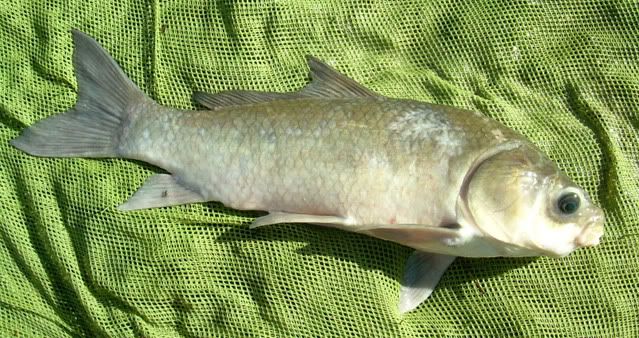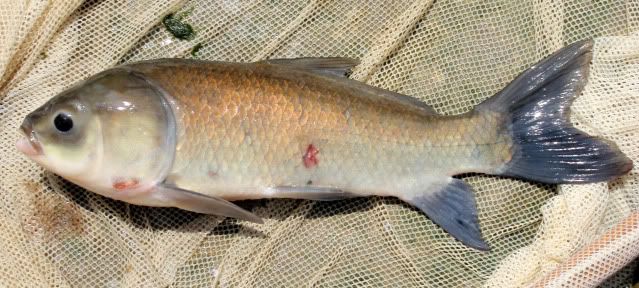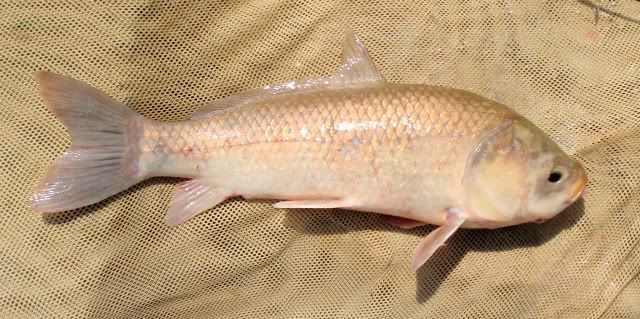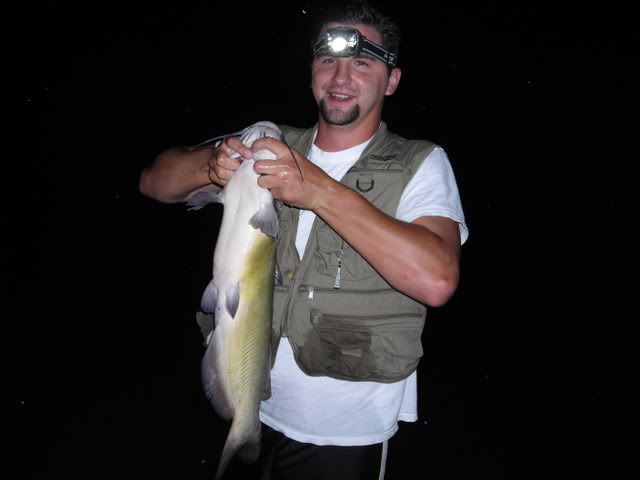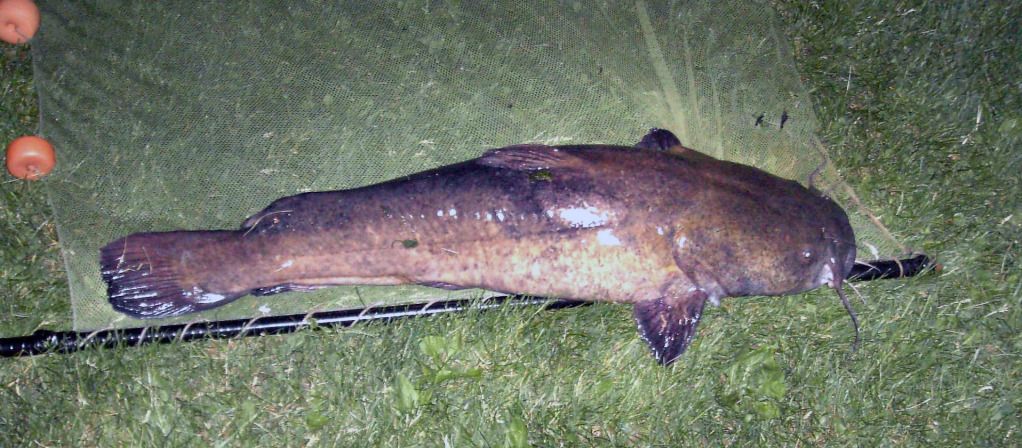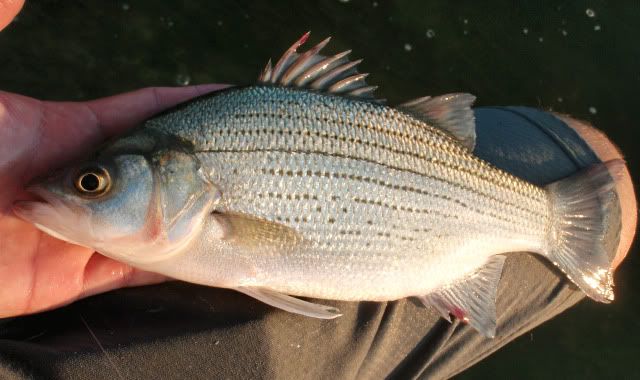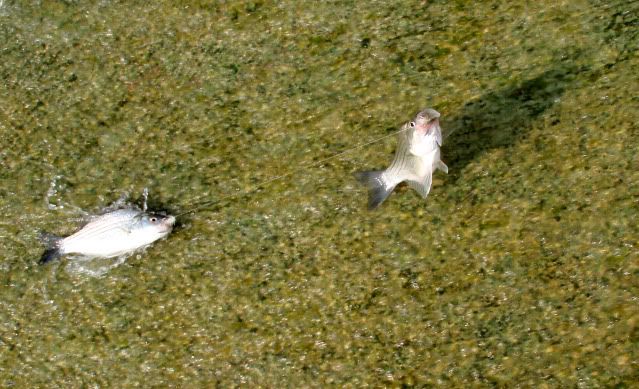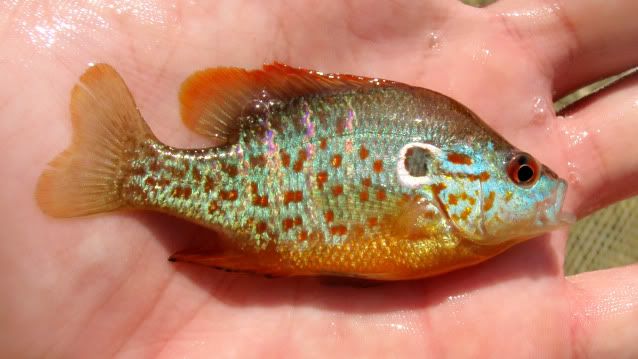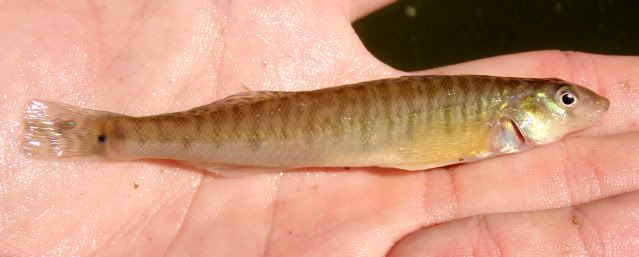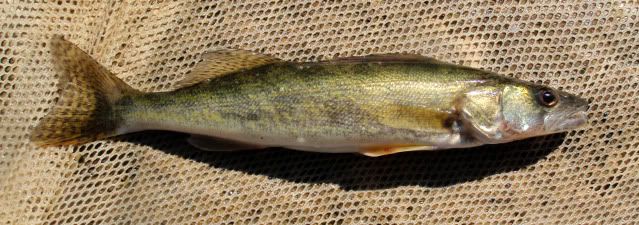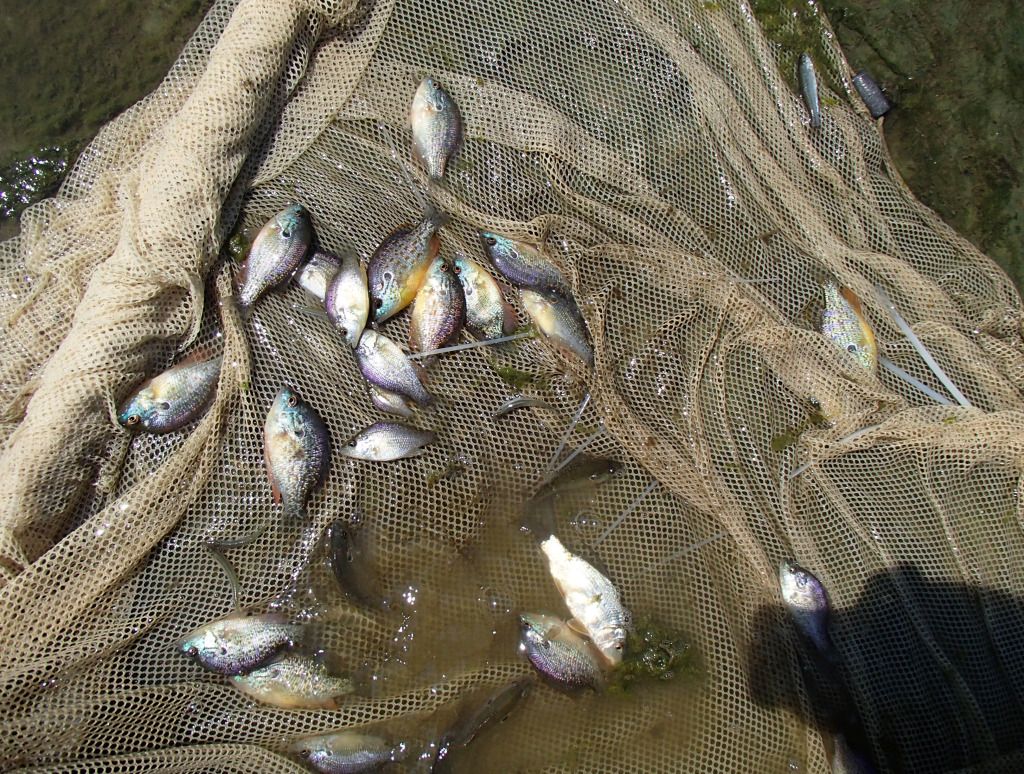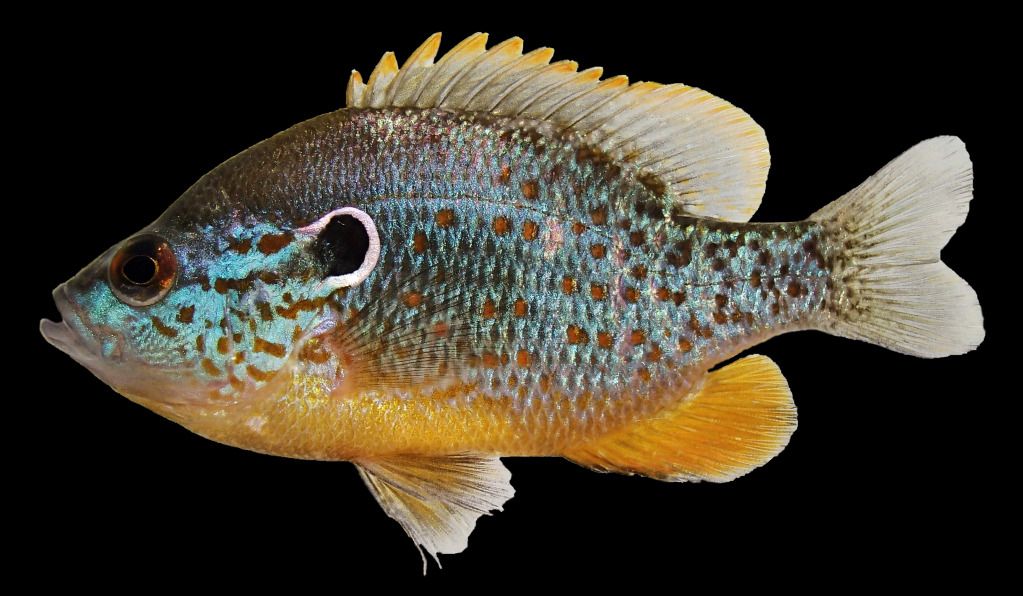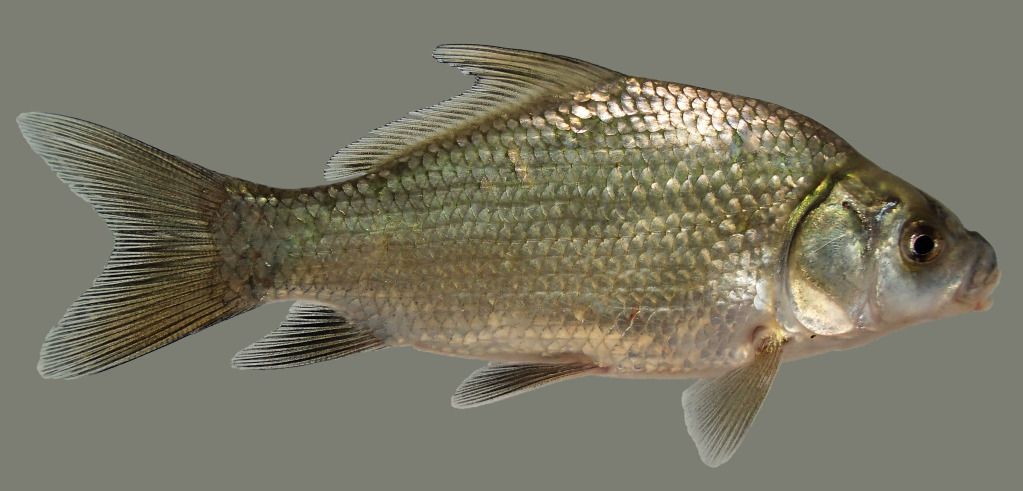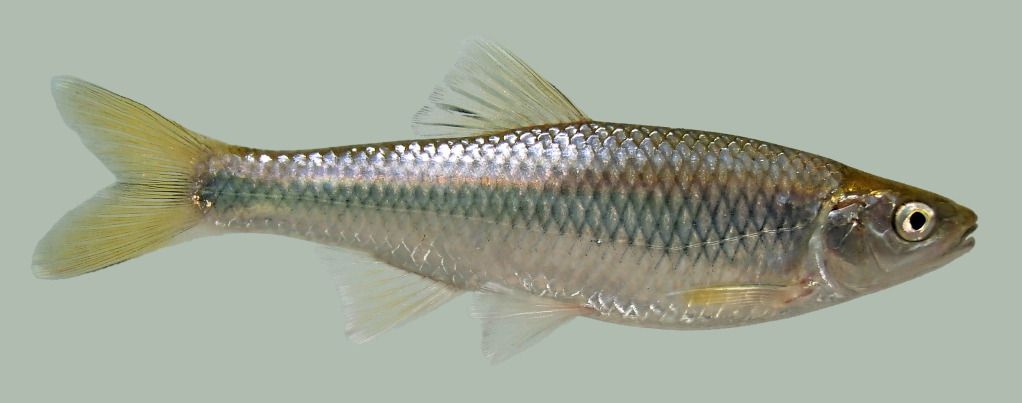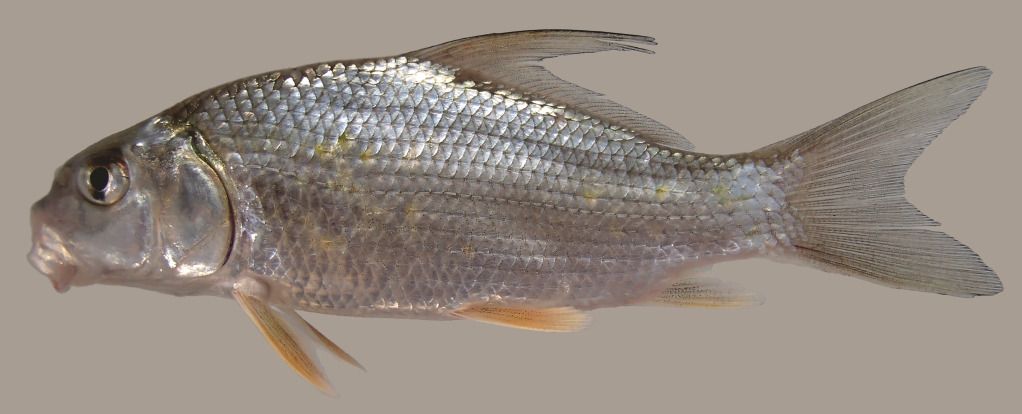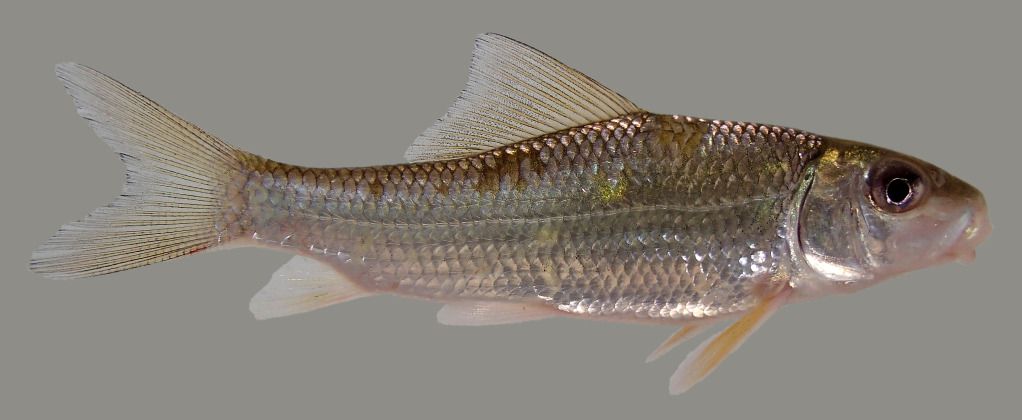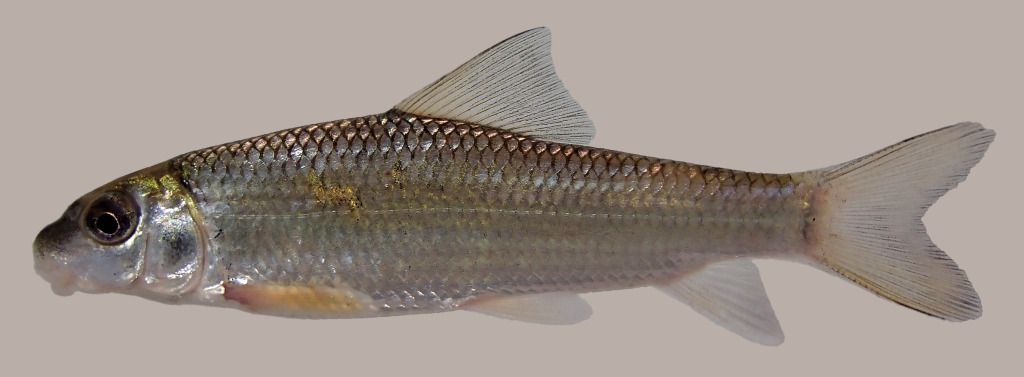I've been meaning to compose a thread highlighting my "fishy" activities from 2011. So far in 2012, my master's thesis has been eating up most of my time, however...now that it's complete
I'd also like to use this thread to practice my newly acquired skills in ArcGIS 10.0. I just completed a course in which I learned the basics of this geoanalytical software, so it seems like fitting practice to throw in some maps I've made using this software. If the maps stink, bear with me...I'm still learning.
To begin...
2011 began as every year has since discovering the joy of fly fishing for steelhead in winter! This year though, I was tagged with what fishermen recognize as a "curse" that cannot be broken. I caught a fish on the first cast of the year:

Of course, after releasing this fish I spent the next 8 hours without another nibble. It sure was nice to be wading and fly fishing streams free of ice, however. I had a buddy (Andrew Z.) along during the day that was a first-time steelhead fly fisherman. About 10 minutes into the day, I guided him to his first steelhead, and the beginning of a lifelong obsession:

This was certainly a great way to kick off 2011. Andrew and I proceeded to take a number of trips throughout the winter and early spring to our two favorite steelhead streams in north-central Ohio:

Andrew and I mostly visited Beaver Creek (a small, unstocked stream in Lorain County) in early to late winter. As spring rolled around, we headed over to the Vermilion River. This river gets stocked annually with steelhead by the Ohio Department of Natural Resources and these fish return to this river in good numbers to spawn in the spring. This river receives less fishing pressure than those located closer to Cleveland. Here the fly fisherman/woman willing to do a bit of hiking is rewarded with exceptional numbers of large fish and fantastic scenery in and around the steep shale walls of river valley:

In early March, Andrew and I seemed to hit the stream at just the right time. In a half day on the water, Andrew and I combined to land over 20 steelhead in a half mile stretch of the Vermilion River. Many were between 16 and 24" in length:

While several others were real monsters...

A few weeks, I brought a small group of friends to the Vermilion in search of steelhead. A few of the anglers were in need of bait, so I brought my seine down to the river and helped them catch minnows. We started seining at the mouth of a small feeder stream to the Vermilion River (Chance Creek). The pool at the mouth of the creek was full of a variety of minnow species including;
- Central stoneroller (Campostoma anomalum)
- Emerald shiner (Notropis atherinoides)
- Silverjaw minnow (Notropis buccatus)
- Sand shiner (Notropis stramineus)
- Rosyface shiner (Notropis rubellus)
- Spotfin shiner (Cyprinella spiloptera)
- Striped shiner (Luxilus chrysocephalus)
- Creek chub (Semotilus atromaculatus)
- Bluntnose minnow (Pimephales notatus)
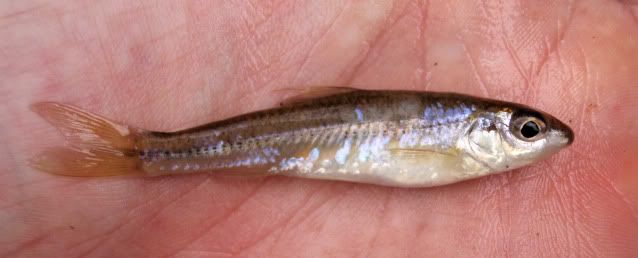
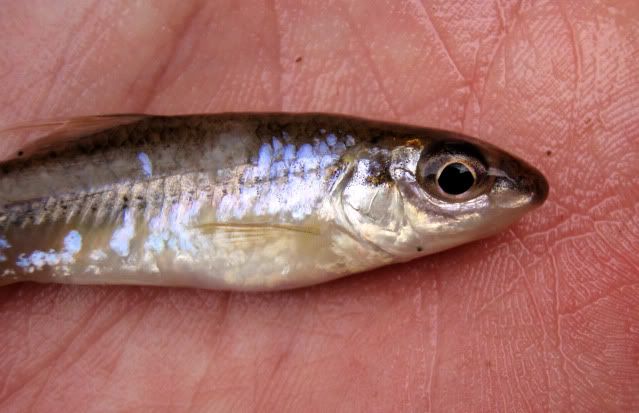
I was certainly pleased to see this species here, as it has become rare or extirpated in many parts of the Lake Erie drainage. Another unusual catch that day was an adult grass pickerel (Esox americanus vermiculatus). This part of the state has a higher amount of relief than other parts of the state in which the grass pickerel is more common. In addition, the stream bed is mostly shale and limestone and there is little in-stream vegetation. In other words, this is not typical grass pickerel habitat. It's still not clear to me which is the more likely scenario; 1) this fish washed out from upstream drainage ditches/small streams, or 2) this fish migrated here from downstream marsh habitat/or Lake Erie. Either way, unusual. A short hike up the small feeder stream produced two riffles species typical of the small streams in this area; rainbow darter (Etheostoma caueruluem) and mottled sculpin (Cottus bairdii).
----
I've got to get going for now...I'll pick back up on this in a short bit.
Edited by NateTessler13, 08 May 2012 - 12:21 PM.



